
Kia Syros vs Hyundai Venue Spec Comparison: What's Different?
The price of the Kia Syros has not been revealed yet whereas the Hyundai Venue begins at Rs 7.94 lakh for the entry-level variant and reaches Rs 13.38 lakh for the highest-spec model. Both mentioned prices are ex-showroom figures.
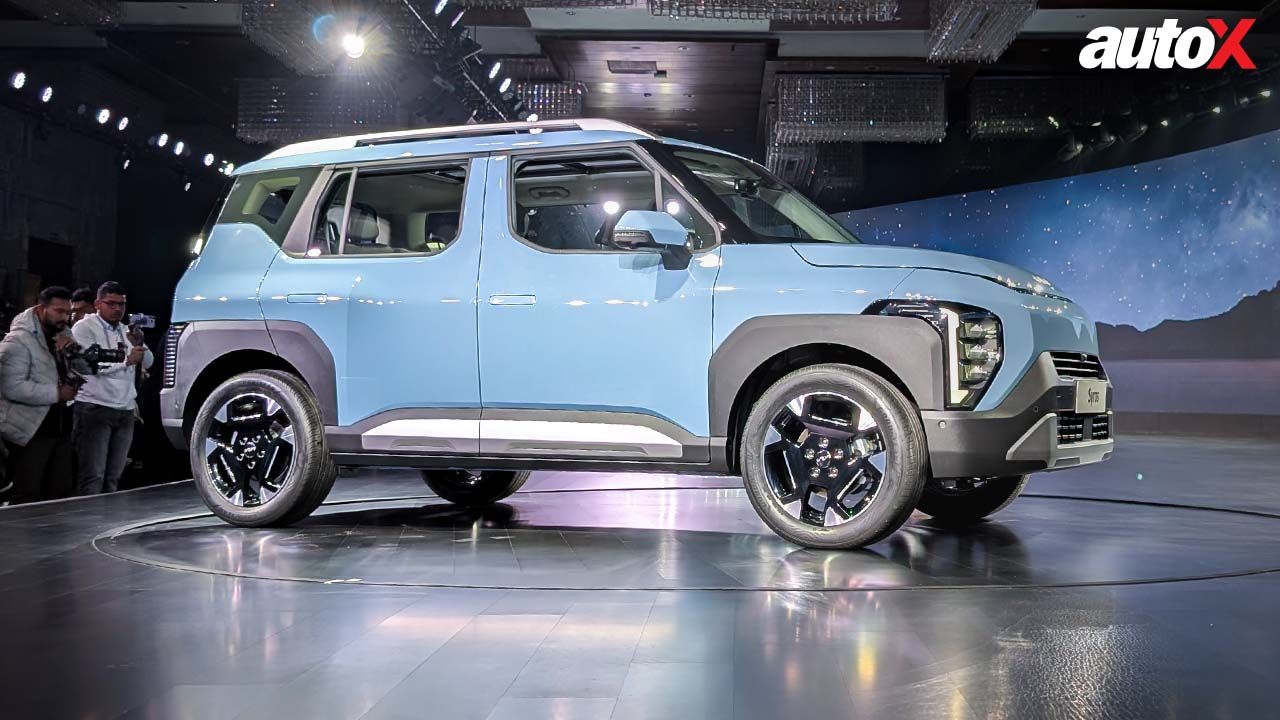
The compact SUV segment has witnessed intense competition, with models vying for dominance through a mix of features, performance, and pricing. The Kia Syros and Hyundai Venue, two strong contenders from sister brands, bring their unique strengths to the table. While both vehicles share certain similarities owing to their shared lineage, they cater to different customer preferences with distinct design elements, engine options, and feature sets. This detailed spec comparison highlights the key differences between the two SUVs, covering aspects such as engine performance, cabin technology, safety features, and overall value. Whether you're drawn to Kia's bold styling or Hyundai's proven versatility, this comparison will help you decide which compact SUV best suits your needs.
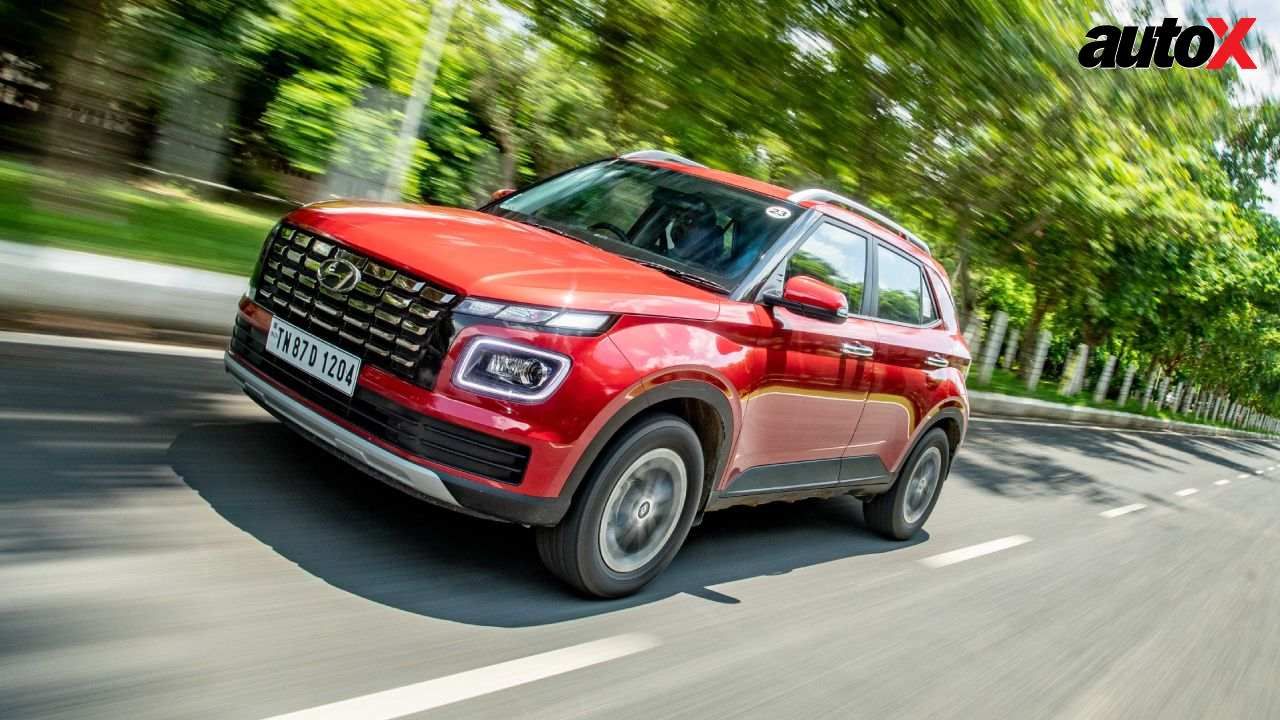
Kia Syros vs Hyundai Venue Spec Comparison: Price
The price of Kia's new offering has not been revealed yet, whereas the Hyundai Venue begins at Rs 7.94 lakh for the entry-level variant and reaches Rs 13.38 lakh for the highest-spec model. Both mentioned prices are ex-showroom figures.
Kia Syros vs Hyundai Venue Spec Comparison: Paint Jobs
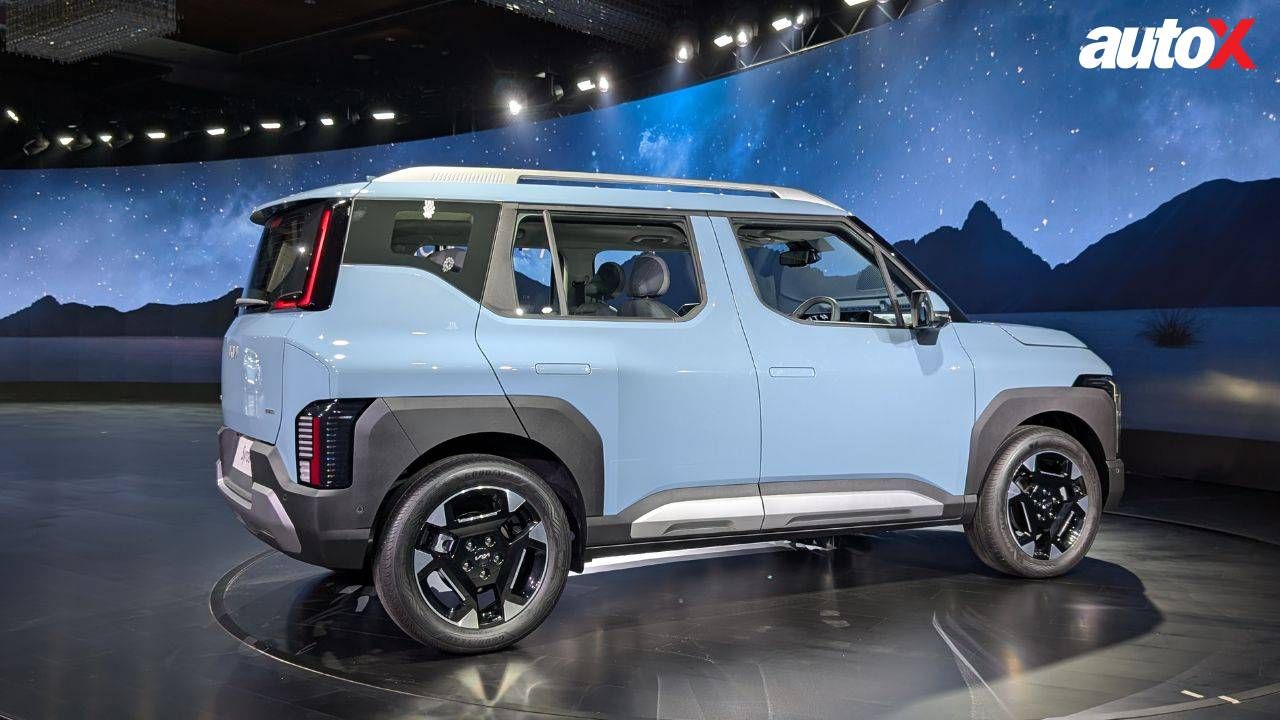
The Syros offers a choice of eight single-tone shades: Frost Blue, Glacier White Pearl, Pewter Olive, Imperial Blue, Intense Red, Sparkling Silver, Aurora Black Pearl, and Gravity Grey.
Also Read: Hyundai Creta EV to Launch in India on January 17
The Hyundai model is available in an extensive selection of both single-tone and dual-tone colour options. These include Typhoon Silver, Titan Grey, Denim Blue, Fiery Red, Abyss Black, Fiery Red with Abyss Black Roof, Atlas White, Ranger Khaki, Ranger Khaki with Abyss Black Roof, Titan Grey with Abyss Black Roof, and Atlas White With Abyss Black Roof.
Kia Syros vs Hyundai Venue Spec Comparison: Dimensions
The Kia Syros boasts dimensions of 3,995mm in length, 1,800mm in width, and 1,665mm in height, with a wheelbase measuring 2,550mm. It also provides ample storage with a boot capacity of 465 litres.
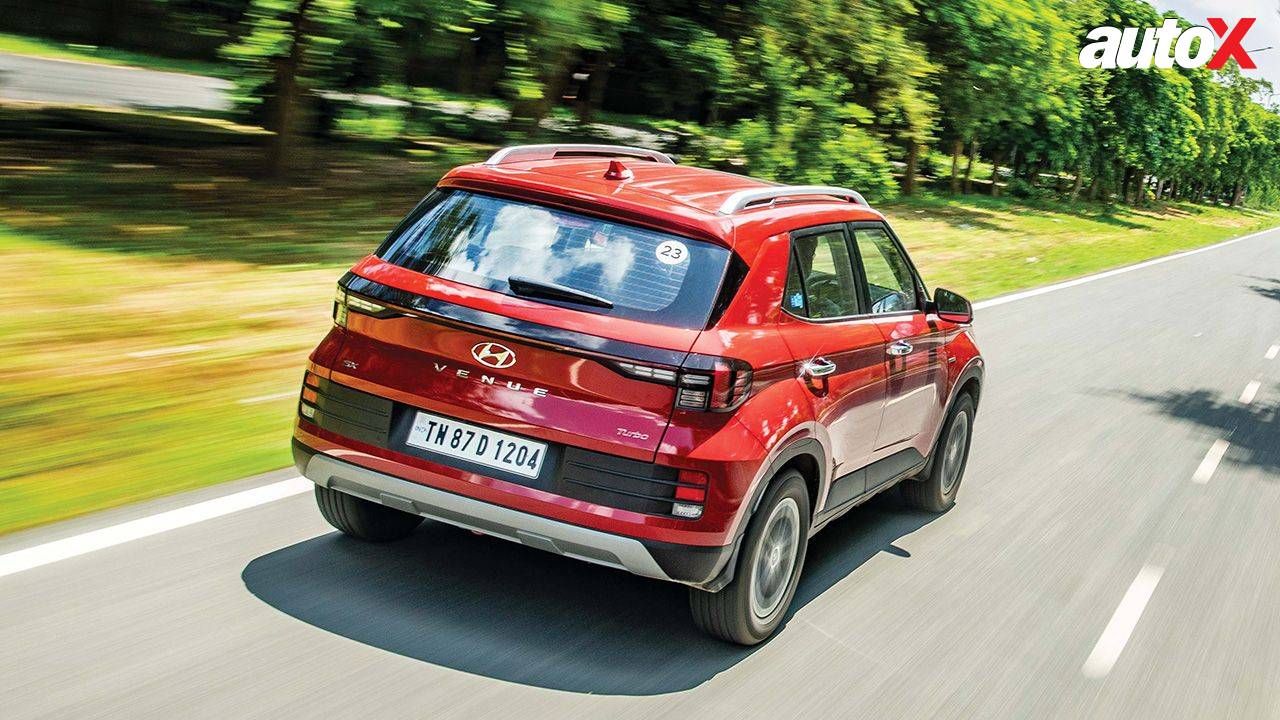
In comparison, the Hyundai Venue matches the Syros in length at 3,995mm but is slightly narrower at 1,770mm and shorter at 1,617mm. Its wheelbase is marginally shorter at 2,500mm, and it offers a smaller boot space of 350 litres.
Kia Syros vs Hyundai Venue Spec Comparison: Powertrain
The Kia Syros is available with two engine options: a 1.0-litre turbo-petrol and a 1.5-litre diesel. The turbo-petrol generates 118bhp and 172Nm of torque, while the diesel delivers 114bhp and 250Nm. Transmission choices include a six-speed manual, a seven-speed dual-clutch automatic (DCT), and a six-speed torque converter automatic.
On the other hand, the Hyundai Venue provides greater variety with three engine options: a 1.5-litre diesel (114bhp/250Nm), a 1.0-litre turbo-petrol (118bhp/172Nm), and a 1.2-litre naturally aspirated petrol (82bhp/115Nm). Transmission offerings include a five-speed manual, a six-speed manual, and a seven-speed DCT, giving the Venue an edge over the Syros in terms of versatility.
Kia Syros vs Hyundai Venue Spec Comparison: Features
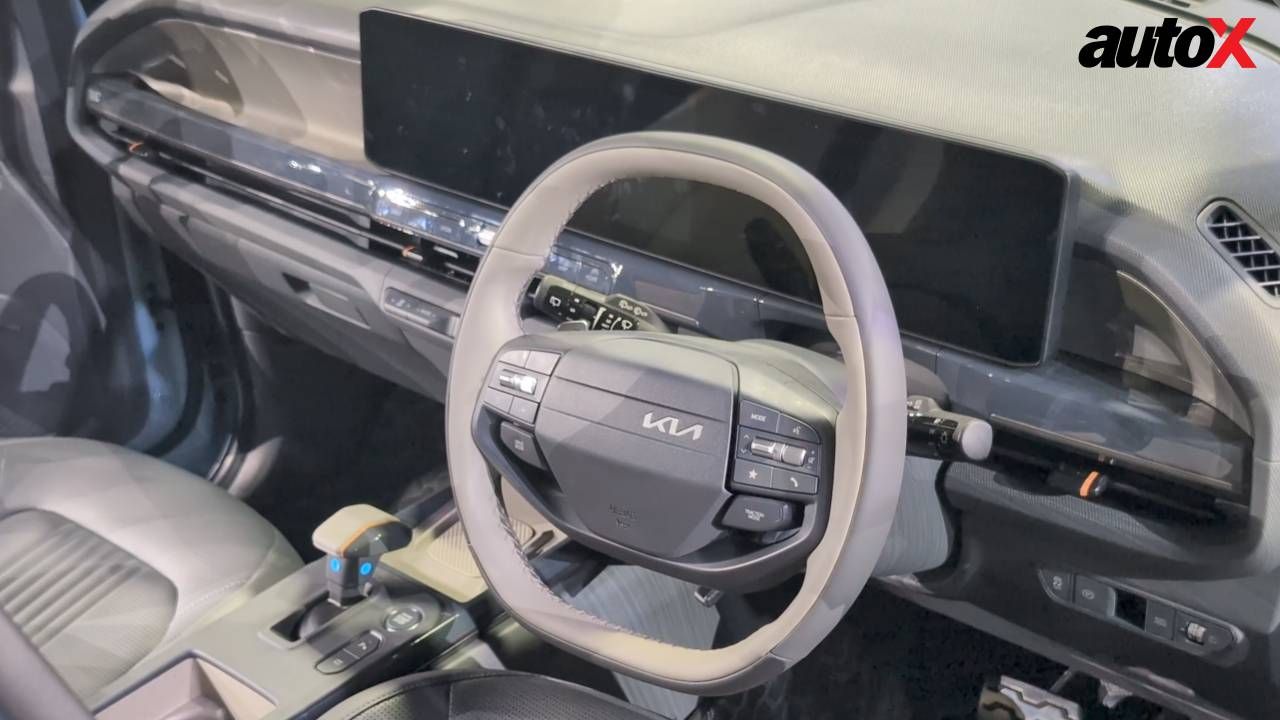
The Syros distinguishes itself with its larger dual 12.3-inch displays, outshining the Sonet’s 10.25-inch screens. It offers 64-colour ambient lighting, auto up/down windows, a premium Harman/Kardon eight-speaker sound system, a two-spoke steering wheel with the Kia logo, ventilated seating for all passengers, dual-zone climate control, front parking sensors, a dual-pane panoramic sunroof, push-button start, Type-C charging ports, wireless charging, and wireless Android Auto and Apple CarPlay.
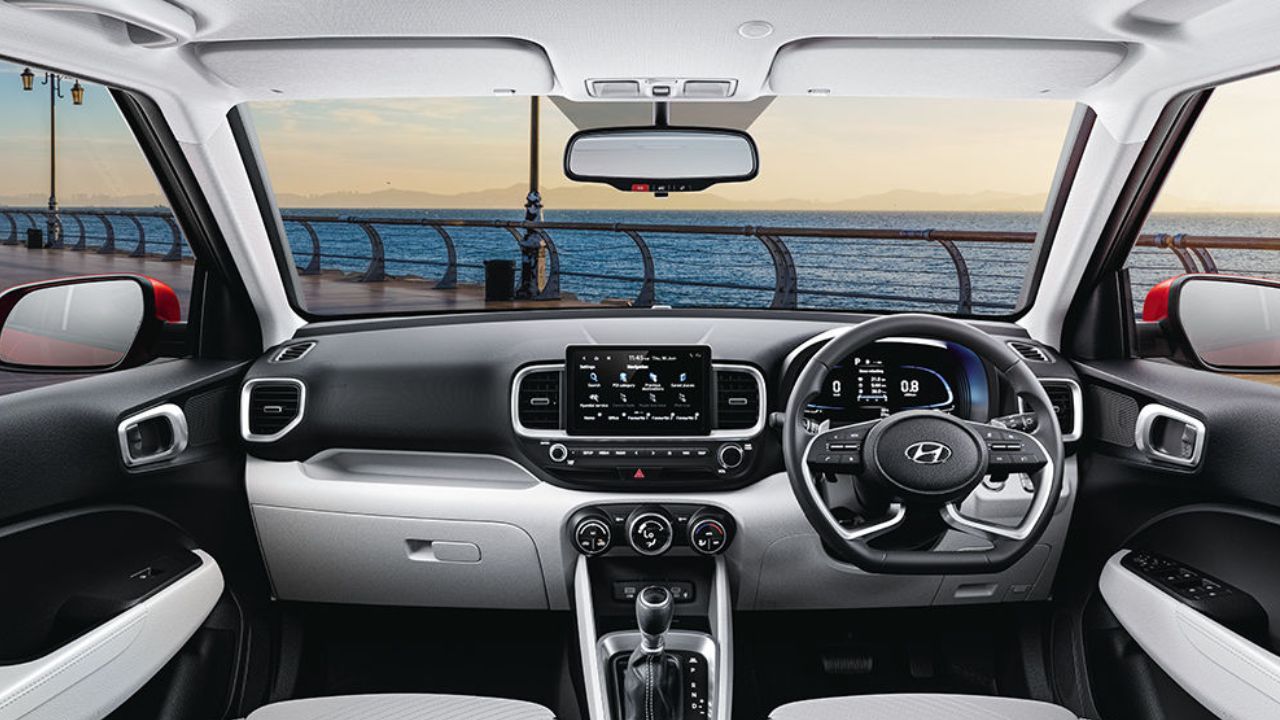
Packed with features, the compact SUV from Hyundai includes an air purifier, an 8.0-inch touchscreen with built-in navigation, compatibility with Alexa and Google Voice Assistant, over-the-air (OTA) updates, a digital instrument cluster, a sunroof, a reclining rear seat, and a four-way electrically adjustable driver’s seat.


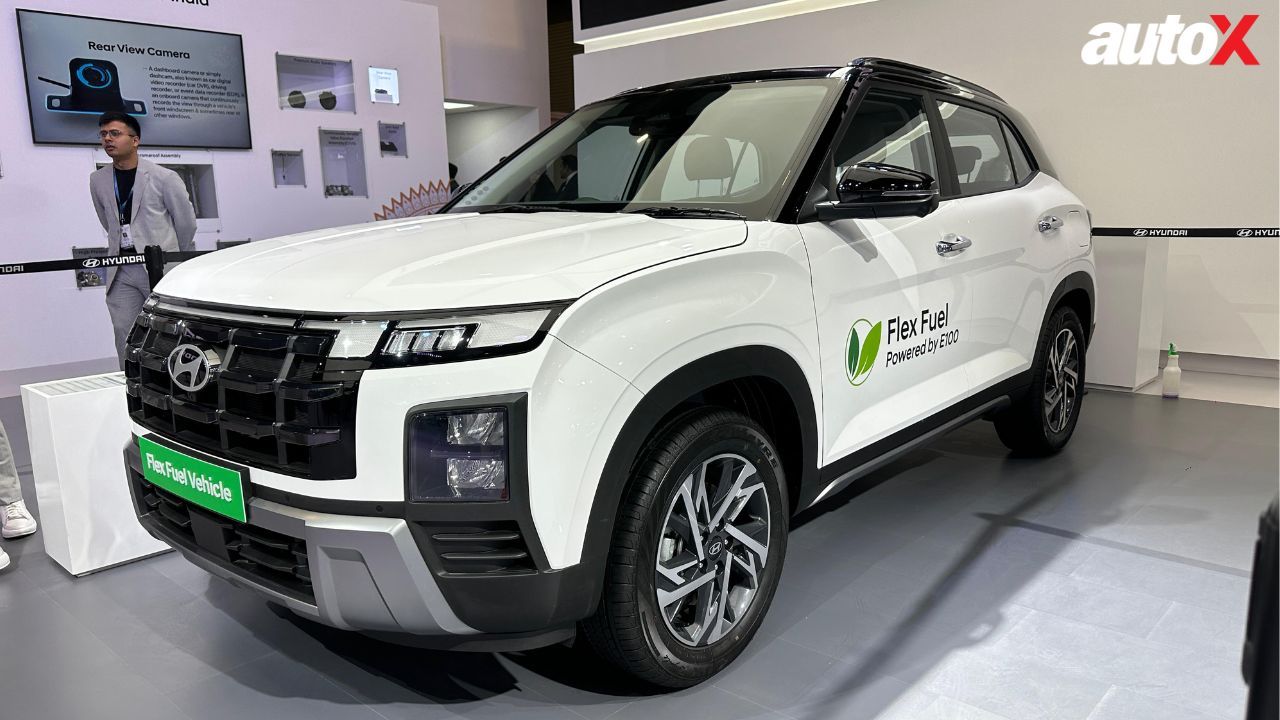
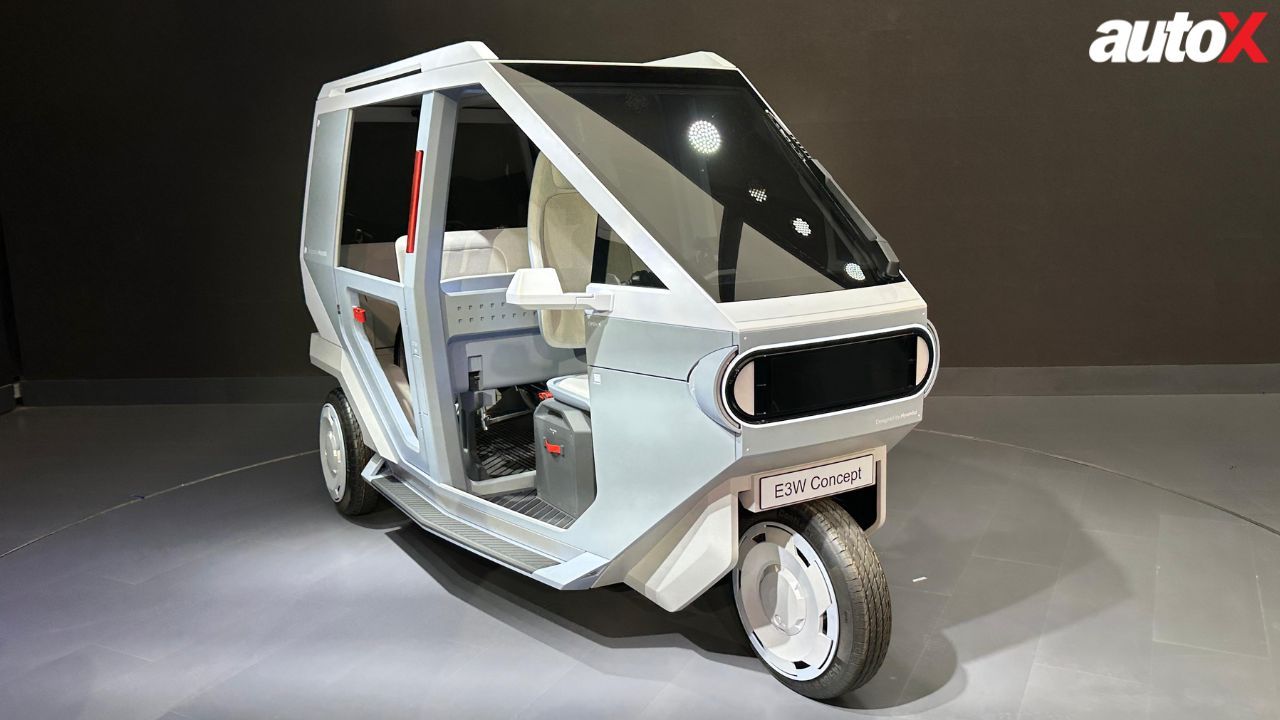
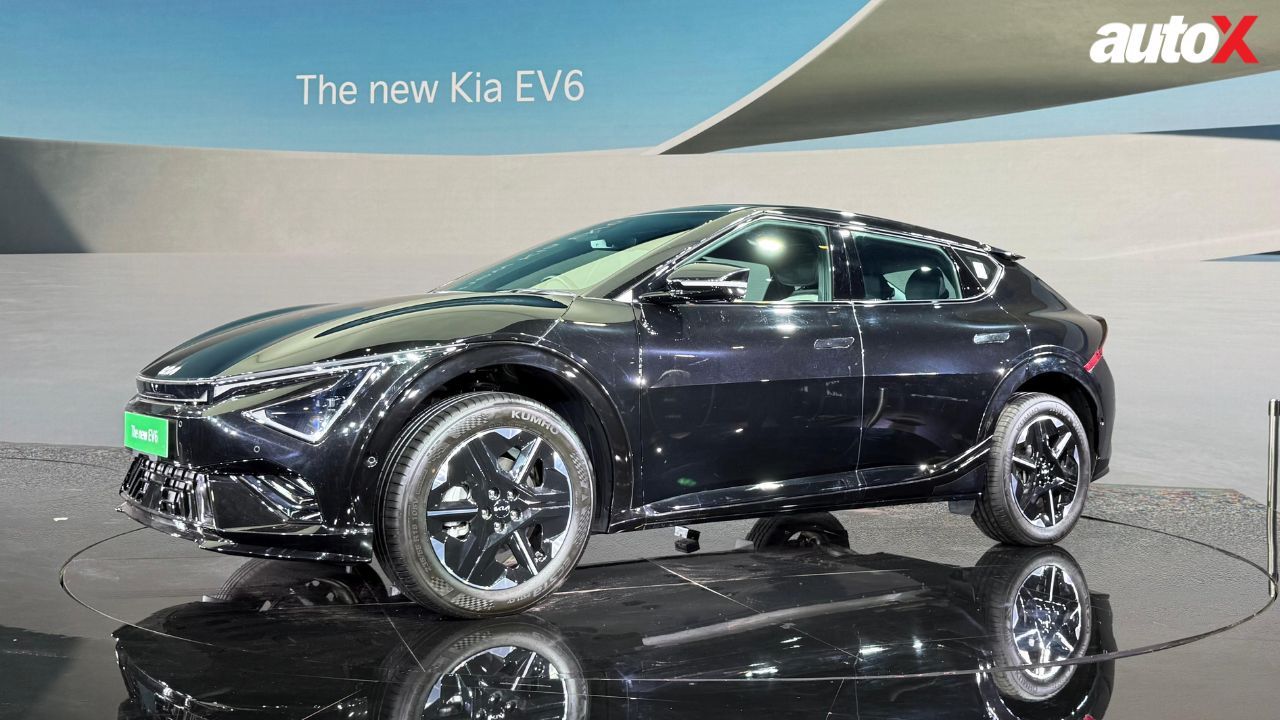
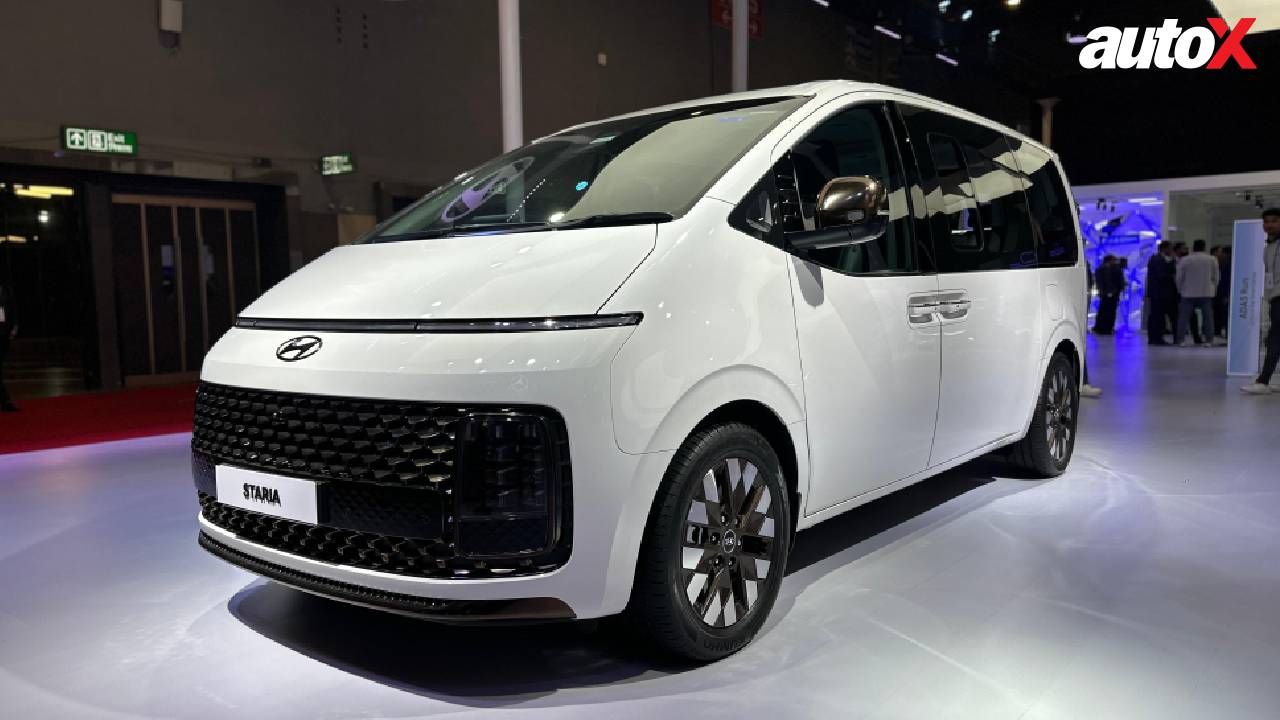


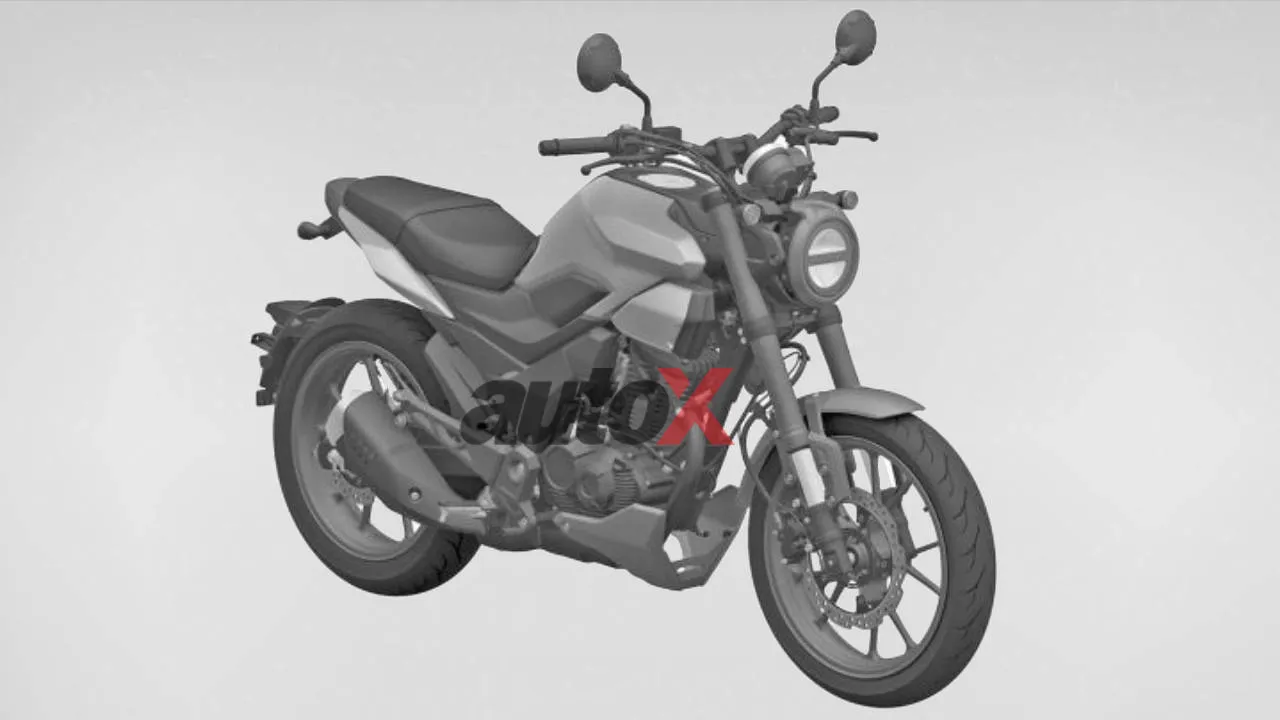
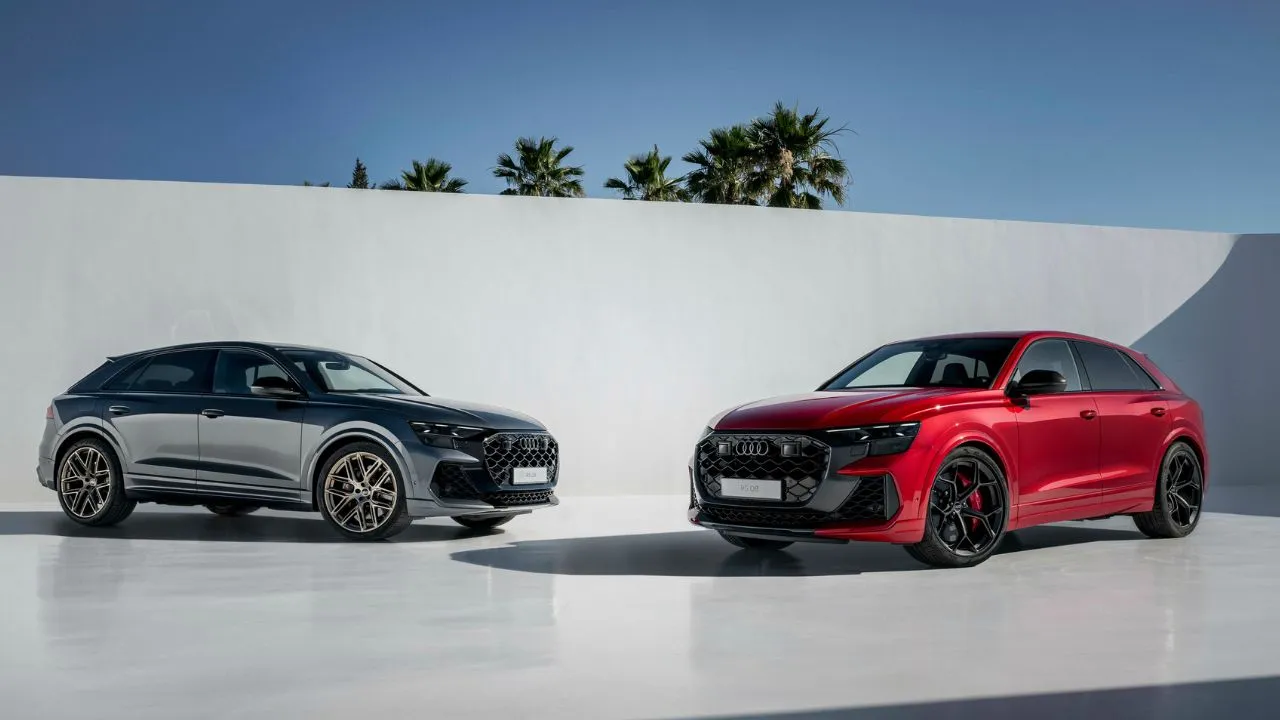
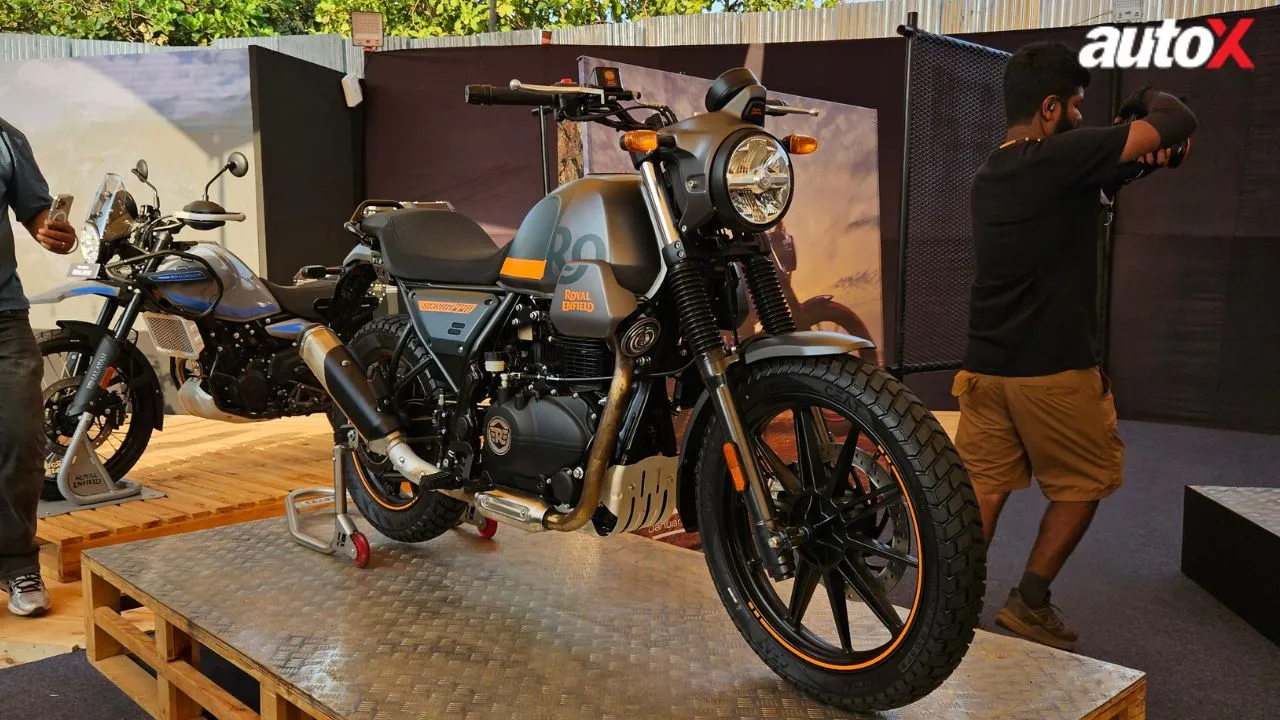

.webp)
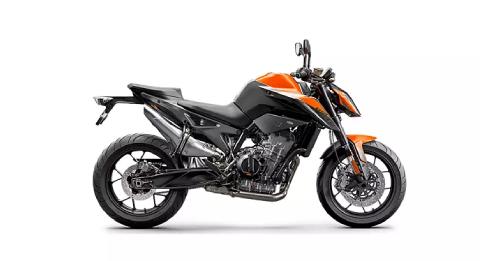
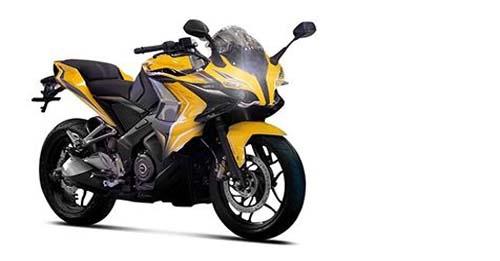
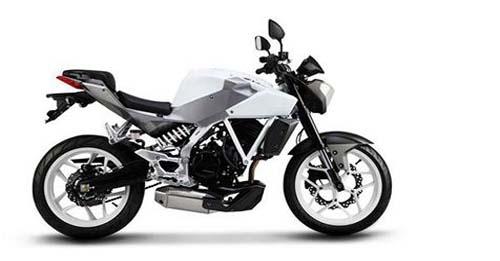











Write your Comment on